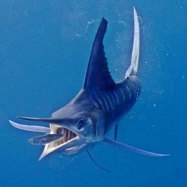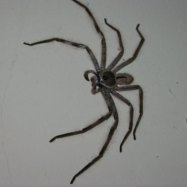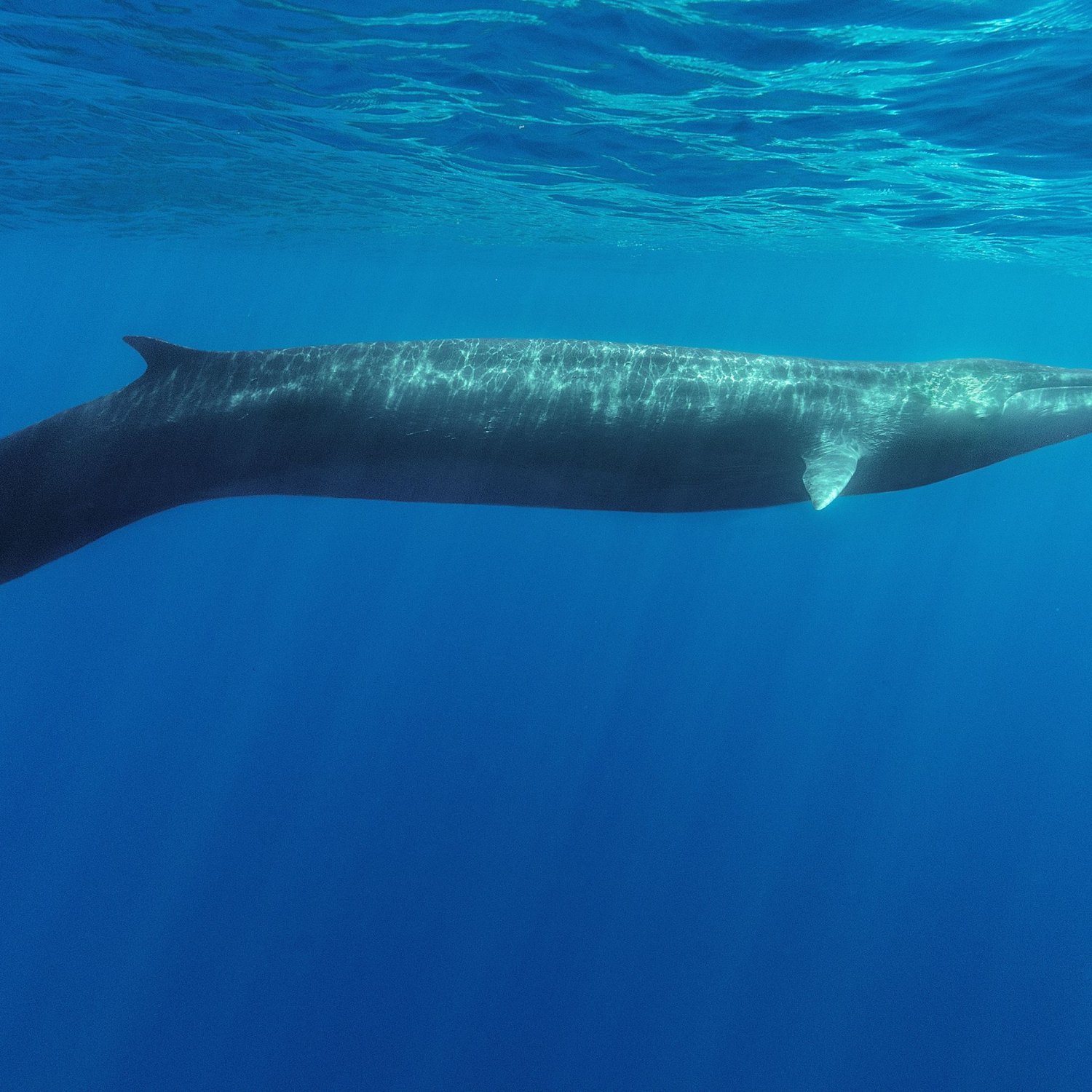
Fin Whale
Up to 85 feet (26 meters)
The majestic Fin Whale, part of the Balaenopteridae family, is a streamlined, torpedo-shaped giant of the open ocean. With a length of up to 85 feet (26 meters), it is the second-largest animal on Earth. Spotting one of these magnificent creatures in their natural habitat is a once in a lifetime experience. So keep your eyes peeled while out at sea! #FinWhale #oceanlife #streamlinedbeauty
Animal Details Summary:
Common Name: Fin Whale
Kingdom: Animalia
Habitat: Marine
The Fascinating World of the Fin Whale
The ocean is a vast and mysterious place, teeming with a wide variety of creatures. From the majestic blue whale to the elusive giant squid, the depths of the sea hold many wonders waiting to be discovered. One such creature is the fin whale, also known as Balaenoptera physalus in the scientific community. This magnificent animal is the second largest mammal on Earth, only surpassed by its close relative, the blue whale Fin Whale. In this article, we will delve into the fascinating world of the fin whale and explore its unique features, habits, and role in the marine ecosystem.The Science Behind the Name
Let's start by understanding the name of this awe-inspiring creature. The fin whale belongs to the kingdom Animalia, the highest classification for animals. It is a chordate, belonging to the phylum Chordata, which includes animals with a notochord, a flexible rod-like structure that provides structural support. The fin whale is further classified under the class Mammalia, which includes animals with fur, mammary glands, and the ability to nurse their young.A Member of the Cetacean Family
The fin whale is a member of the order Cetacea, along with other marine mammals such as dolphins and porpoises. These aquatic animals are known for their streamlined bodies, which are adapted for life in water. Cetaceans are divided into two suborders, the baleen whales and the toothed whales, with the fin whale belonging to the baleen whale suborder.An Expanded Family Tree
Within the baleen whale suborder, the fin whale belongs to the family Balaenopteridae, which also includes other famous whale species such as the humpback whale and the minke whale Fancy Mouse. These creatures share similar physical characteristics, making it easy to categorize them into one family.A Habitat in the Sea
The fin whale's natural habitat is the open ocean, making it a truly oceanic species. Its preference for deep, cool waters means that it can be found in all the world's oceans, from the Arctic to the Antarctic. This wide distribution means that the fin whale has adapted to various environments and has become an integral part of the ocean's ecosystem.Feeding Behavior
Despite its massive size, the fin whale predominantly feeds on small prey, such as krill, plankton, and small fish. This feeding method, known as filter-feeding, involves taking in large amounts of water and filtering out the prey through baleen plates in its mouth. This enables the fin whale to consume hundreds of pounds of food in a single gulp.A Globe-Trotter
With such a vast habitat and diverse diet, it's no surprise that the fin whale can be found in many countries around the world. It has been sighted in the waters of over 100 countries, making it one of the most widely distributed animals on the planet. Some countries that are home to the fin whale include Australia, Canada, Russia, and the United States.A Nomadic Creature
Unlike other whale species, the fin whale does not have a fixed migration pattern. These highly migratory creatures are known to travel thousands of miles annually in search of food and breeding grounds. This nomadic lifestyle allows them to adapt to changing environmental conditions, ensuring their survival.The Truth About Size
One of the most striking features of the fin whale is its immense size. On average, it can reach up to 75 feet (23 meters) in length, with some individuals growing as long as 85 feet (26 meters). Despite its large size, the fin whale is incredibly agile and can swim at speeds of up to 23 miles per hour (37 kilometers per hour).Sounds of the Sea
Whales are known for their complex vocalizations, and the fin whale is no exception. These creatures produce low-frequency sounds for communication, navigation, and possibly even hunting. The sounds can travel for many kilometers in the ocean, allowing fin whales to stay in contact with one another.The Importance of Coloration
The fin whale's coloration is essential for its survival in the vast ocean. Its dark gray or brown dorsal side helps to camouflage it from predators from above, while its lighter gray ventral side helps it blend in with the lighter surface waters when viewed from below. The white or light gray patches on the undersides may also play a role in communication between individuals.A Unique Body Shape
The fin whale's body is perfectly adapted to its life in the ocean. Its streamlined and torpedo-shaped body allows it to move effortlessly through the water, and its powerful tail flukes help it to navigate and propel itself forward. Its large, paddle-shaped flippers also aid in steering and maneuvering in the water.The Intriguing World of the Fin Whale
In conclusion, the fin whale is a remarkable and unique creature that is intricately connected to the ocean. From its impressive size to its nomadic lifestyle and essential role in the marine ecosystem, there is so much to discover about this magnificent animal. Its ability to adapt and thrive in various environments is a testament to its resilience, and its beautiful melodies echoing through the depths of the sea is a reminder of the wonders of nature. As we continue to explore and learn more about the fin whale, let us always remember to protect and preserve these beautiful creatures for generations to come.

Fin Whale
Animal Details Fin Whale - Scientific Name: Balaenoptera physalus
- Category: Animals F
- Scientific Name: Balaenoptera physalus
- Common Name: Fin Whale
- Kingdom: Animalia
- Phylum: Chordata
- Class: Mammalia
- Order: Cetacea
- Family: Balaenopteridae
- Habitat: Marine
- Feeding Method: Filter Feeder
- Geographical Distribution: Oceans worldwide
- Country of Origin: Various countries
- Location: Open ocean
- Animal Coloration: Dark gray or brown on the dorsal side and lighter gray on the ventral side with white or light gray patches on the undersides
- Body Shape: Streamlined and torpedo-shaped
- Length: Up to 85 feet (26 meters)
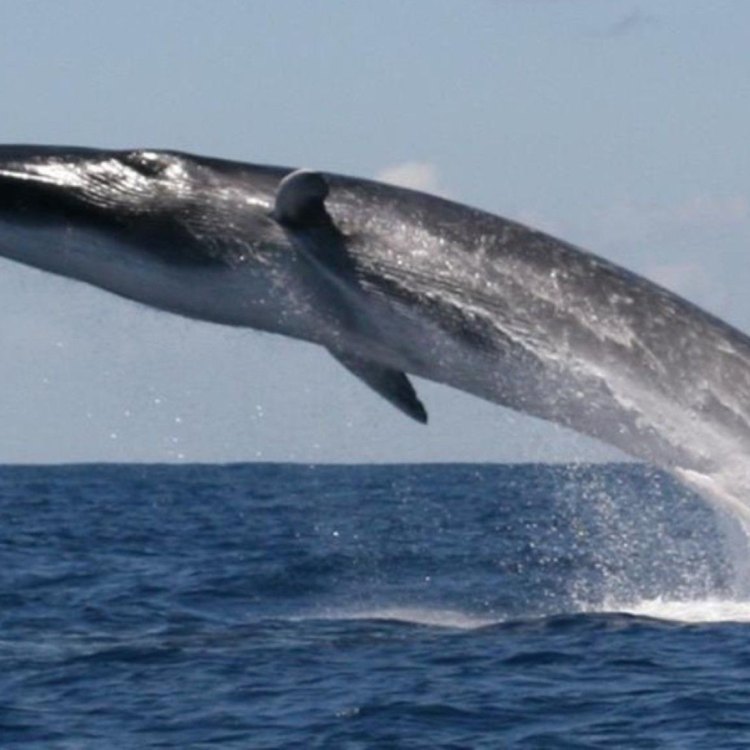
Fin Whale
- Adult Size: Medium to large
- Average Lifespan: Up to 90 years
- Reproduction: Sexual
- Reproductive Behavior: Mating occurs during the winter and spring months, with a gestation period of around 11-12 months
- Sound or Call: Produces a low-frequency vocalization known as a song, as well as clicks for echolocation
- Migration Pattern: Migrates from higher latitudes to lower latitudes during breeding season
- Social Groups: Usually solitary or found in small groups
- Behavior: Fast swimmers and can reach speeds of up to 23 miles per hour
- Threats: Hunting, ship strikes, entanglement in fishing gear, habitat degradation, climate change
- Conservation Status: Endangered
- Impact on Ecosystem: As a top predator, fin whales help maintain ecosystem balance by regulating populations of their prey and contributing to nutrient cycling
- Human Use: Historically hunted for their blubber and meat, now protected under international law
- Distinctive Features: Long, slender body with a prominent dorsal fin and a large, crescent-shaped tail fluke
- Interesting Facts: Second largest animal species on Earth after the blue whale, can consume up to 2 tons of food in a day
- Predator: Orcas (killer whales)
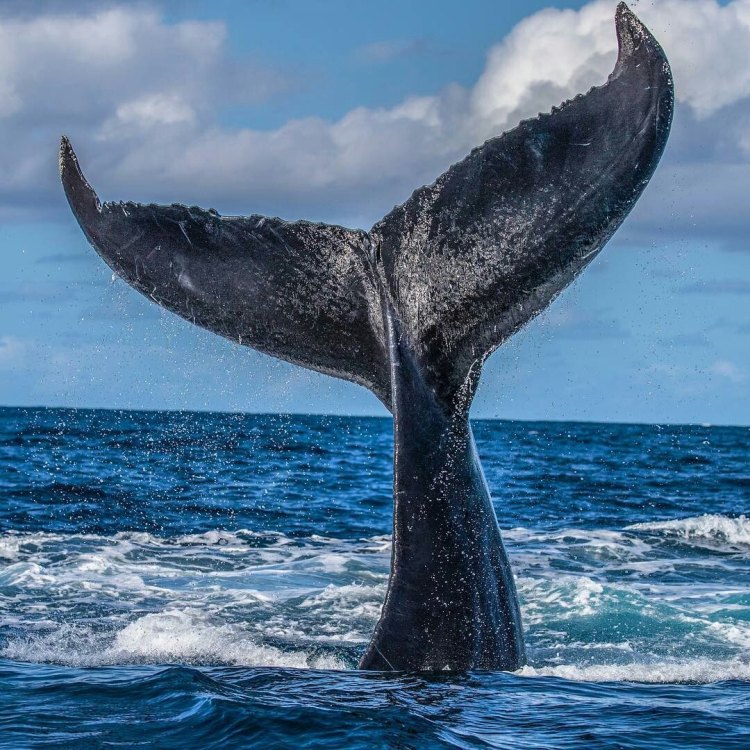
Balaenoptera physalus
The Fascinating World of Fin Whales: Masters of the Ocean
The vast and mysterious oceans of our planet are home to countless species of marine life, each with their own unique traits and behaviors. Among them, the fin whale stands out as one of the most majestic and fascinating creatures of the deep. As the second largest animal species on Earth after the blue whale, the fin whale possesses a set of distinctive features, behaviors, and abilities that make it stand out from the rest. In this article, let us dive into the world of the fin whales and discover what makes them truly remarkable PeaceOfAnimals.Com.The Basics: Size and Lifespan
The fin whale, also known as the finback whale or the razorback whale, is a medium to large-sized marine mammal that can reach lengths of up to 75-90 feet and weigh up to 80,000 pounds. Their size, combined with their striking appearance, gives them an intimidating presence in the water. However, despite their massive size, fin whales are incredibly graceful and fast swimmers.These majestic creatures also have a long lifespan, with an average of 75-90 years. This makes them one of the longest-living mammals on Earth. Their long lifespan is attributed to their slow aging process, which allows them to reproduce and survive for several decades.
Reproduction and Reproductive Behavior
Like most mammals, fin whales reproduce sexually, with each female giving birth to a single calf at a time. Mating occurs during the winter and spring months, typically in tropical and subtropical waters. After a gestation period of around 11-12 months, the female fin whale will give birth to a calf, which they will nurse for another 6-7 months before the calf is weaned off Flea.The reproductive behavior of fin whales is another fascinating aspect. Unlike other whale species that migrate to specific breeding grounds, fin whales mate on the go, as they swim towards their feeding grounds during the winter and spring months. This behavior is known as opportunistic mating, and it allows them to maximize their chances of reproducing.
The Vocalization: Songs and Clicks
One of the unique features of fin whales is their vocalization. Similar to other whale species, fin whales use vocalizations to communicate with each other, navigate their surroundings, and locate prey. However, what sets them apart is the low-frequency vocalization known as a song.Fin whales produce a series of these complex and haunting songs, which range from 15 to 40 seconds in duration. These songs can travel for hundreds of miles underwater and are believed to be used for long-distance communication between individuals. In addition to songs, fin whales also use rapid clicks for echolocation, helping them to navigate through the vast ocean and locate their prey.
The Migration Pattern: From Higher to Lower Latitudes
Fin whales are known for their spectacular migration patterns. During the winter and spring months, they leave their feeding grounds in higher latitudes, where food is scarce, and journey towards lower latitudes to breed and give birth. This epic migration can cover thousands of miles and can take several months to complete.The exact reasons behind this migration pattern are still unknown, but many scientists believe that it is driven by the need to find suitable breeding and feeding grounds. During the winter months, the ocean waters in higher latitudes become too cold for the newborn calves to survive, hence the journey to warmer waters.
Social Groups and Behavior
Fin whales are usually solitary creatures, but they can also be found in small groups known as pods. These pods typically consist of 2-3 individuals, often comprised of a mother and her calf. However, during the migration and breeding season, fin whales may gather in larger groups, with some sightings of groups consisting of over 40 individuals.Fin whales are fast swimmers, and they can reach impressive speeds of up to 23 miles per hour. This speed, combined with their slender and streamlined body, makes them highly efficient hunters. They mainly feed on small fish, krill, and plankton, engulfing their prey by opening their huge mouths and taking in large amounts of water.
The Threats: Human and Natural
Despite being one of the top predators in the ocean, fin whales face various threats to their survival. Historically, they were hunted for their blubber, meat, and other body parts, such as their bones and baleen plates. However, due to the decline in their population, fin whales are now protected under international law.Aside from hunting, other threats to fin whales include ship strikes, entanglement in fishing gear, habitat degradation, and climate change. These factors can cause significant harm to their population and disrupt their natural behavior and migration patterns.
The Conservation Status and Ecosystem Impact
Due to these threats, fin whales are currently listed as a globally endangered species, with only an estimated 50,000 individuals left in the world. This number is still declining due to illegal hunting and other human-related activities. As one of the top predators in the ocean, the decline in their population can have severe consequences on the marine ecosystem.As apex predators, fin whales play a crucial role in regulating populations of their prey, such as fish and krill. They also contribute to nutrient cycling, which helps maintain a healthy balance in the ocean’s food web. Thus, their survival is not just crucial for their own species but also for maintaining a healthy and vibrant marine ecosystem.
The Human Use and Distinctive Features
Aside from their ecological importance, fin whales have also played a significant role in human history. In the past, many cultures hunted them for their blubber and meat, using various traditional methods. This practice has since been banned, but illegal hunting still poses a significant threat to their survival.Fin whales are easily identifiable by their distinctive features, making them stand out from other whale species. They have a long, slender body with a prominent dorsal fin and a large, crescent-shaped tail fluke. These features, along with their unique vocalizations, make them a fascinating subject for researchers and whale watchers alike.
Interesting Facts and Natural Predators
As we have seen, fin whales are truly remarkable creatures with a set of extraordinary features and abilities. But there are still some fascinating facts about them that may surprise you. For instance, did you know that fin whales are the second-largest animal species on Earth after the blue whale? They can also consume up to 2 tons of food in a day, making them one of the ocean’s biggest eaters.Lastly, like all species, fin whales also have natural predators. Orcas, also known as killer whales, are known to occasionally hunt fin whales, particularly calves, in some regions. While these attacks are rare, they serve as a reminder that even the mighty fin whale is not invincible in the vast and unpredictable ocean.
In Conclusion
In conclusion, the fin whale is a truly magnificent and fascinating creature, with a unique set of behaviors, features, and abilities. From their impressive size and lifespan to their opportunistic mating behavior and coastal migration patterns, fin whales continue to intrigue and astound scientists and ocean enthusiasts alike. As we continue to learn about these majestic creatures, it is essential to understand the impact of human activities on their survival and take steps to preserve and protect them for future generations to come.
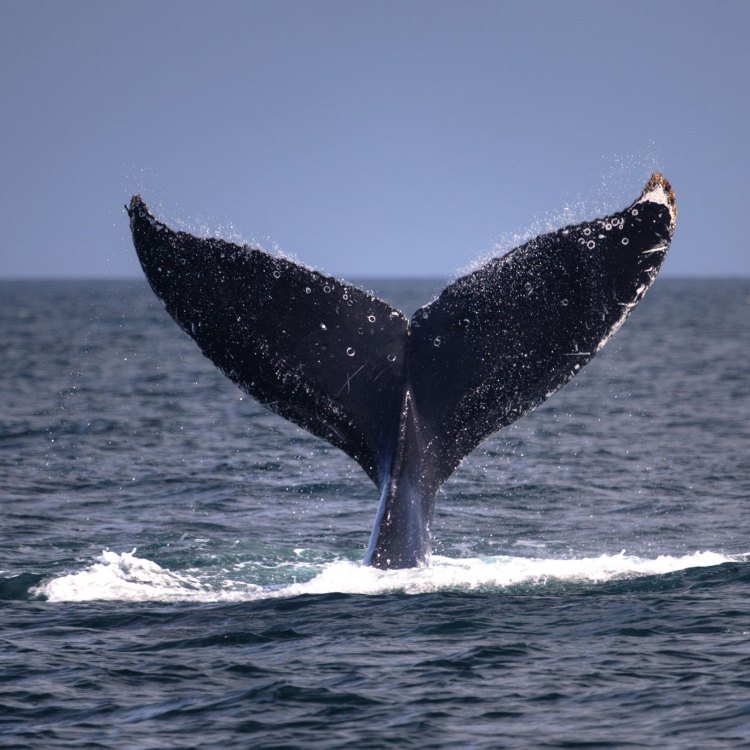
The Fascinating World of the Fin Whale
Disclaimer: The content provided is for informational purposes only. We cannot guarantee the accuracy of the information on this page 100%. All information provided here may change without prior notice.








